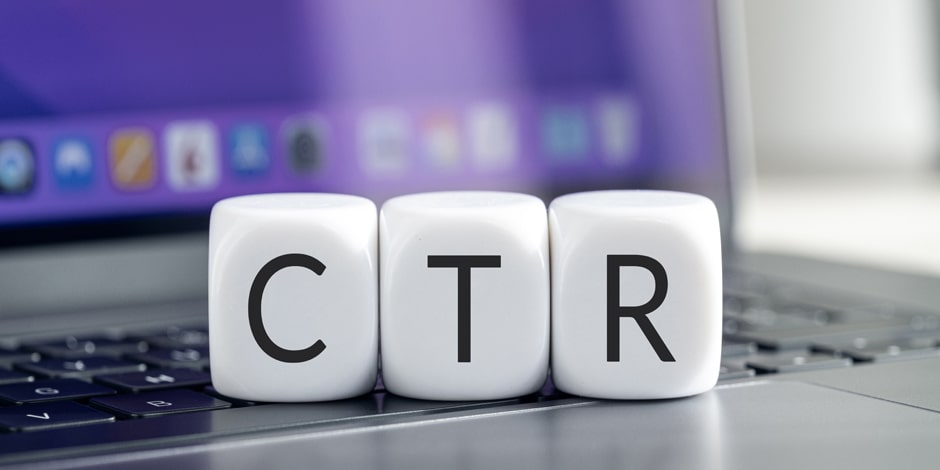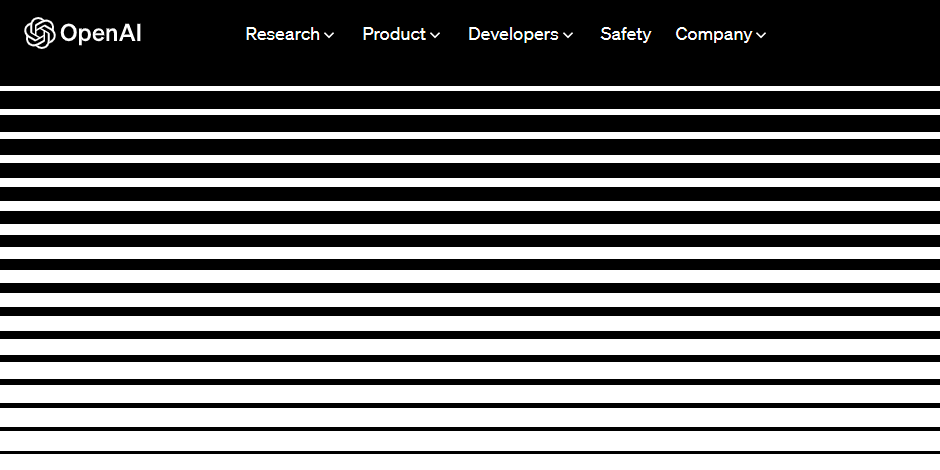Monitoring click-through rate (CTR), albeit not formally acknowledged as a ranking signal, can offer insightful information about the efficacy of SEO methods and help with their optimisation.
- For many years, people have debated the value of click-through rate (CTR) in the context of SEO.
- Numerous Google employees have refuted the claim that CTR influences rankings, which has been made in light of numerous industry studies.
- Regardless of how directly it affects rankings, CTR is still a crucial component of SEO.
- This article explores the benefits of CTR for SEO, Google’s position on this statistic, and practical applications.
The Importance of CTR in the SEO Context
- Depending on the situation, CTR can have a variety of meanings. For example, in PPC campaigns, it can be used to measure the effectiveness of an advertisement.
- CTR, on the other hand, refers to the proportion of people that click on an organic (Google) search result that takes them to a specific website in the context of SEO.
- The CTR for a Google search result would be 5%, for instance, if five users out of 100 users clicked on the result.
- Google provides this information through Google Search Console (GSC), but it’s important to remember that because Google withholds a substantial amount of search queries to protect privacy, it is important to view these figures as estimates or relative values.
- For instance, Google may hide certain related keywords if it receives sensitive information about a user’s location or their finances and health.

SEO Analysis Metrics and KPIs
Despite not having been proven to be a ranking factor, Click-Through Rate(CTR) can be a useful KPI for assessing the success of SEO campaigns. But without the right context, relying only on metrics like rankings, traffic, and engagement might not give you useful information.
Rankings might differ based on a searcher’s location, past searches, and intent, making them useless if irrelevant users are the target audience. Similar to this, traffic might be pointless or even harmful if it causes excessive server loads as a result of consumers looking for something that isn’t available.
Additionally, since negative feedback is more common than positive feedback, engagement metrics like comments can be deceiving.
In my opinion, CTR is an important SEO statistic because it enables an evaluation of click-through rates and provides information on why specific individuals aren’t clicking through to a website.
Is CTR a Google Ranking Factor?
Some SEO specialists contend that since links are so easily manipulated, they are no longer a reliable metric and instead are turning to user experience data as a potential ranking signal. Experts argue that measurements like bounce rates and click-through rates could serve as possible ranking signals alongside backlinks because a wide variety of websites use Google Analytics and Search Console and Google Chrome collects similar data.
While it’s unclear whether Google actually uses these metrics as ranking signals, some experts have turned to correlation studies in their research. Content length is one of the most well-known correlations in these research, which analyse top-ranked content and attempt to reverse-engineer the algorithmic ranking signals.
However, it’s crucial to remember that a correlation does not always imply a cause. Although top-ranking pages tend to have higher CTRs, that does not mean that Google uses CTR as a ranking factor. Furthermore, modern search engines can evaluate the quality of websites using sophisticated machine learning and artificial intelligence, relying less on indirect metrics.

Viewpoint of Google Regarding CTR as a Ranking Factor
Mueller stated, “If CTR were what drove search rankings, the results would be all click-bait,” in reference to CTR as a ranking indication. I don’t think that will happen. Despite conflicting views, it appears doubtful that CTR has a substantial impact on rankings given how easily click farms and clickbait content can manipulate it.
A closed loop would result if Google relied just on CTR as a ranking component because research on click behaviour repeatedly demonstrate that the top-ranked results get the most clicks.
It is unlikely that Google would prioritise CTR over other ranking indicators if there wasn’t a sophisticated algorithm that could take into account things like industry, location, and SERP characteristics.
CTR-based SEO optimisation
Although CTR may not have much significance as a ranking signal, it is still an important SEO metric. Listed below are a few ways that organic CTR might enhance your SEO plan:
- Find low-hanging fruit: Pages with a lot of impressions but a low click-through rate (CTR) can be on the verge of ranking for a term. You may optimise these pages to make them more visible and get more clicks by recognising them.
- Find irrelevant or off-topic pages: A mismatch between user intent and page content could be the cause of a high CTR without any conversions. You may improve these pages to better match user intent by identifying them.
- Find long-tail questions that are really valuable: The possibility for more long-tail keyword combinations to rank for on the same page may be indicated by obscure long-tail keywords with a high CTR.
You may increase the performance of your website and optimise your SEO strategy by utilising CTR in these ways.







 Content Writing
Content Writing Video Marketing
Video Marketing Graphic Design
Graphic Design Lead Magnet Creation
Lead Magnet Creation Content Marketing
Content Marketing